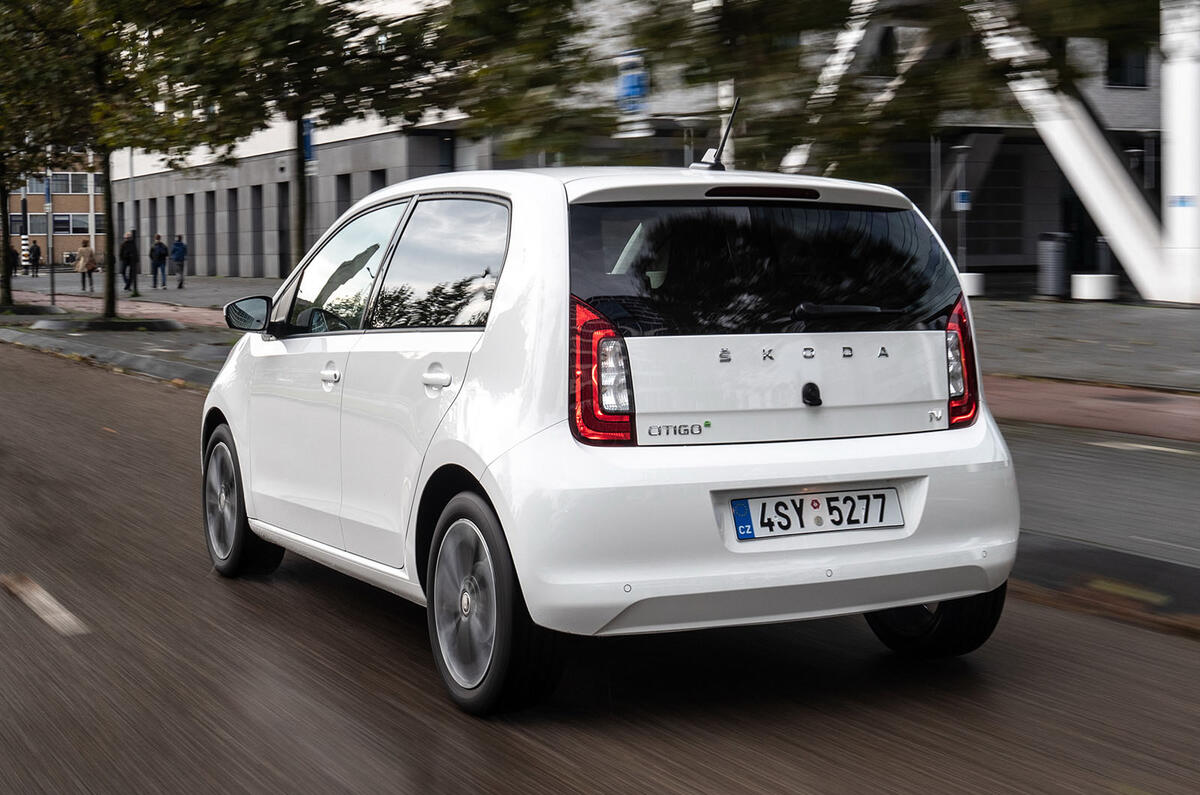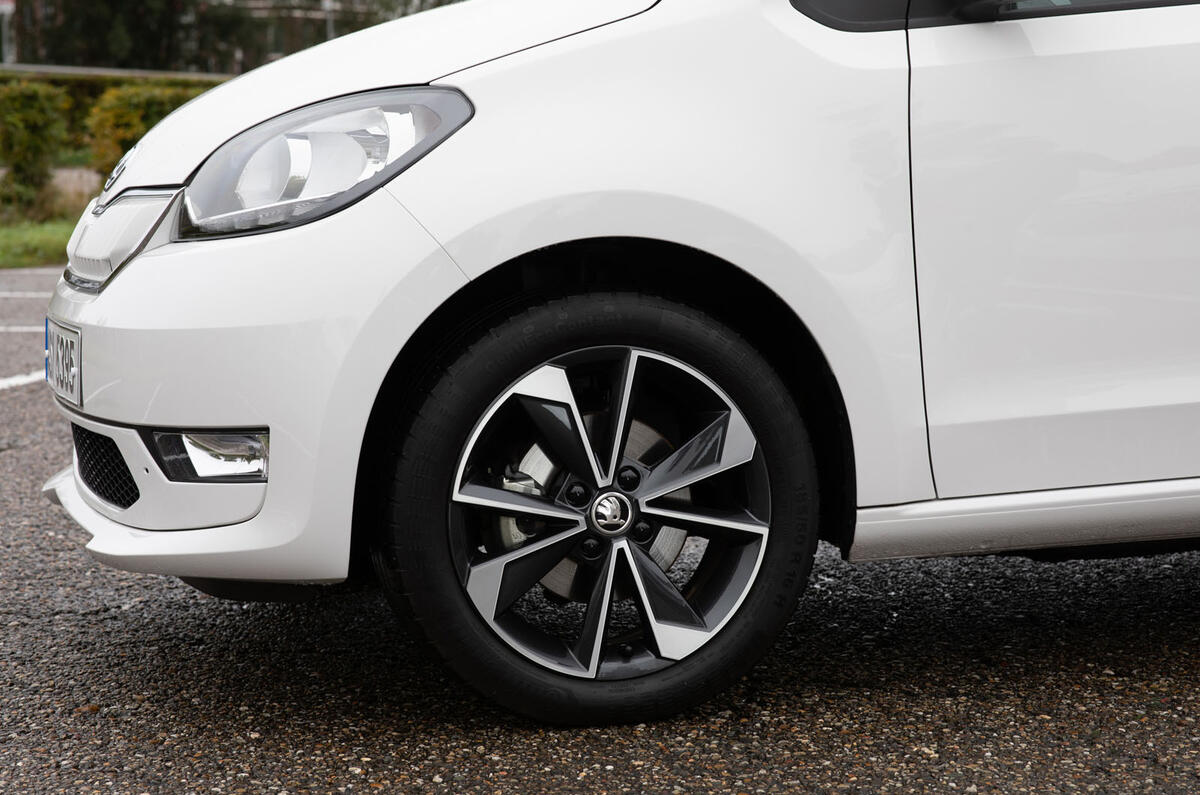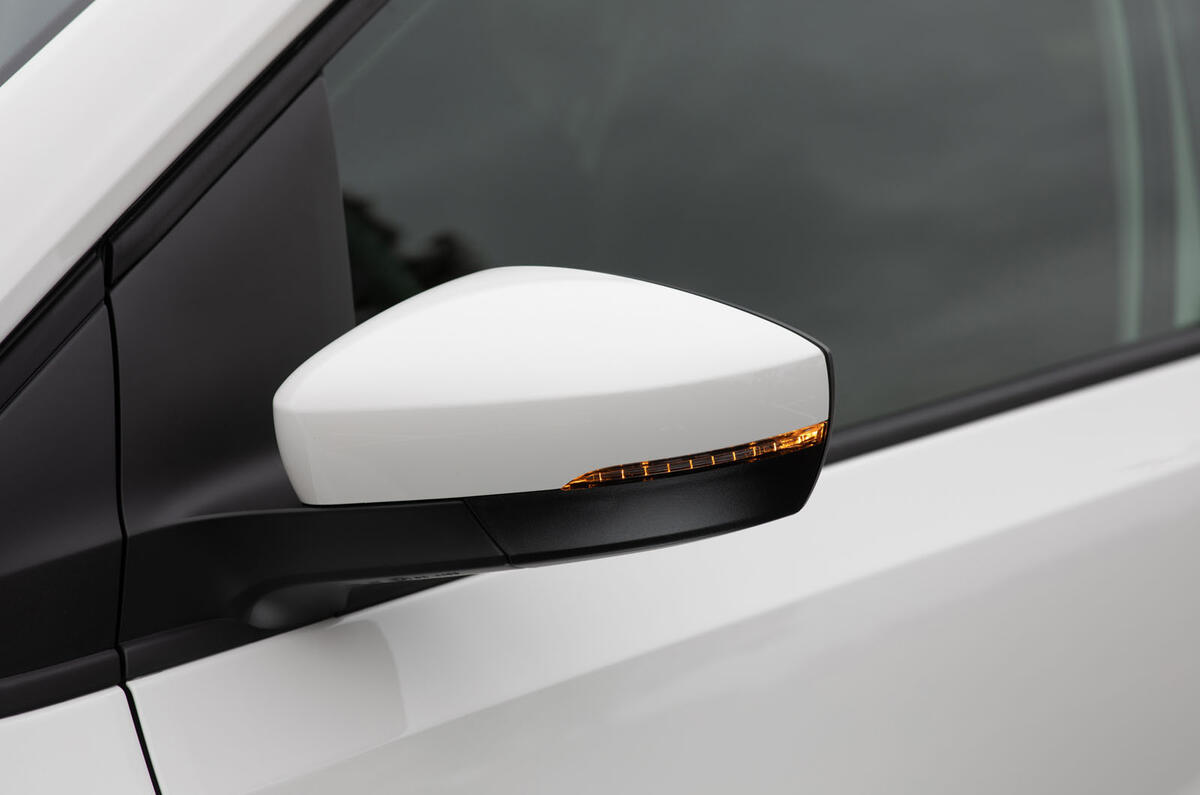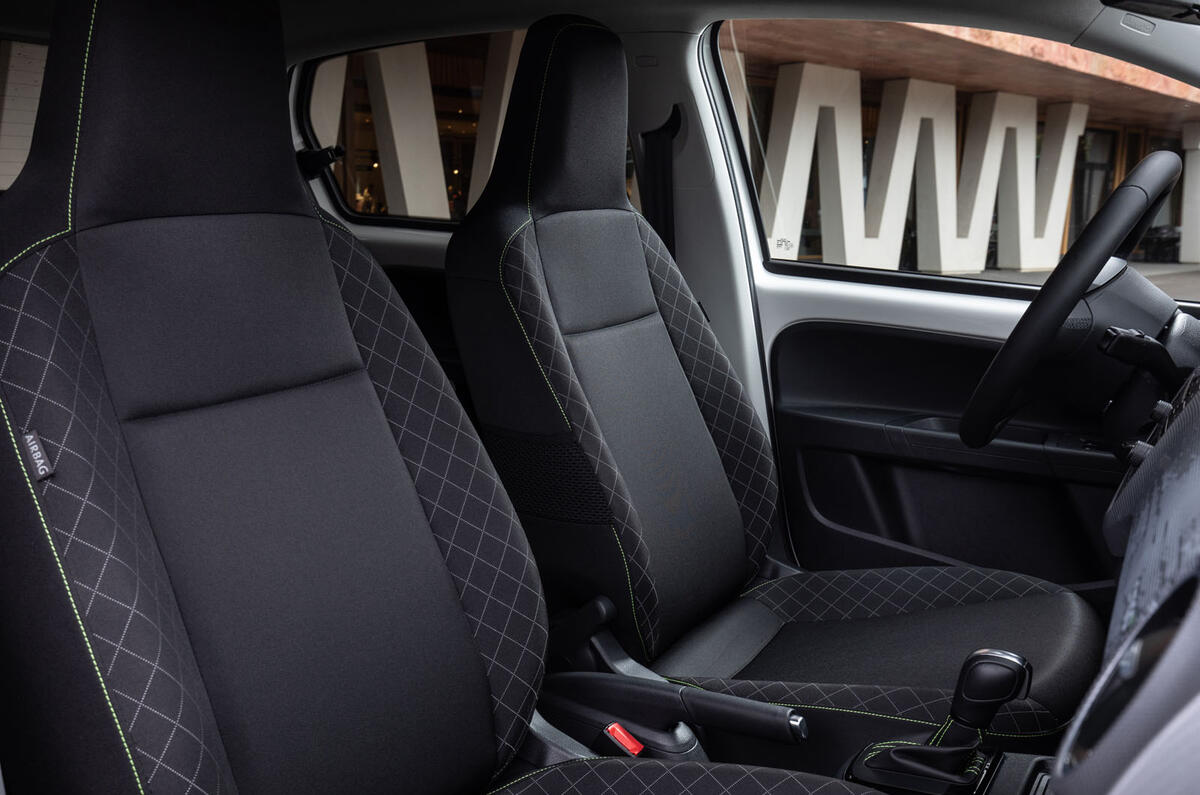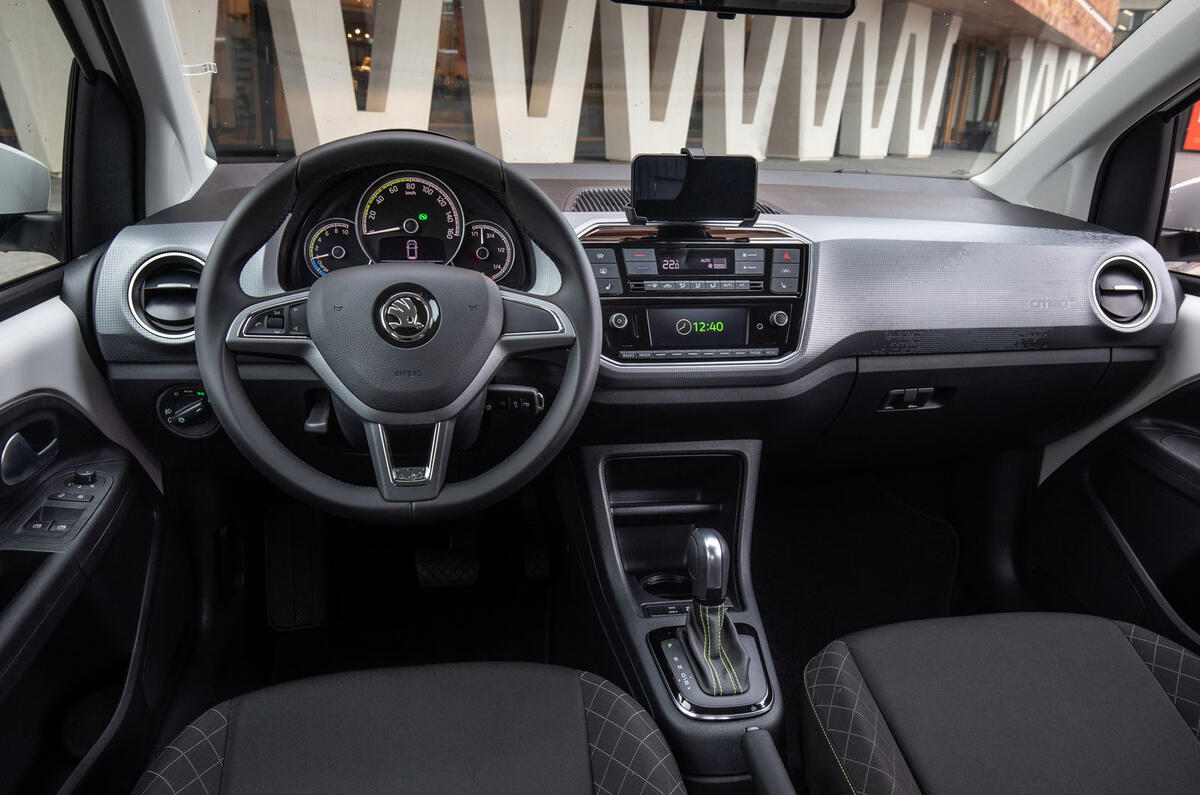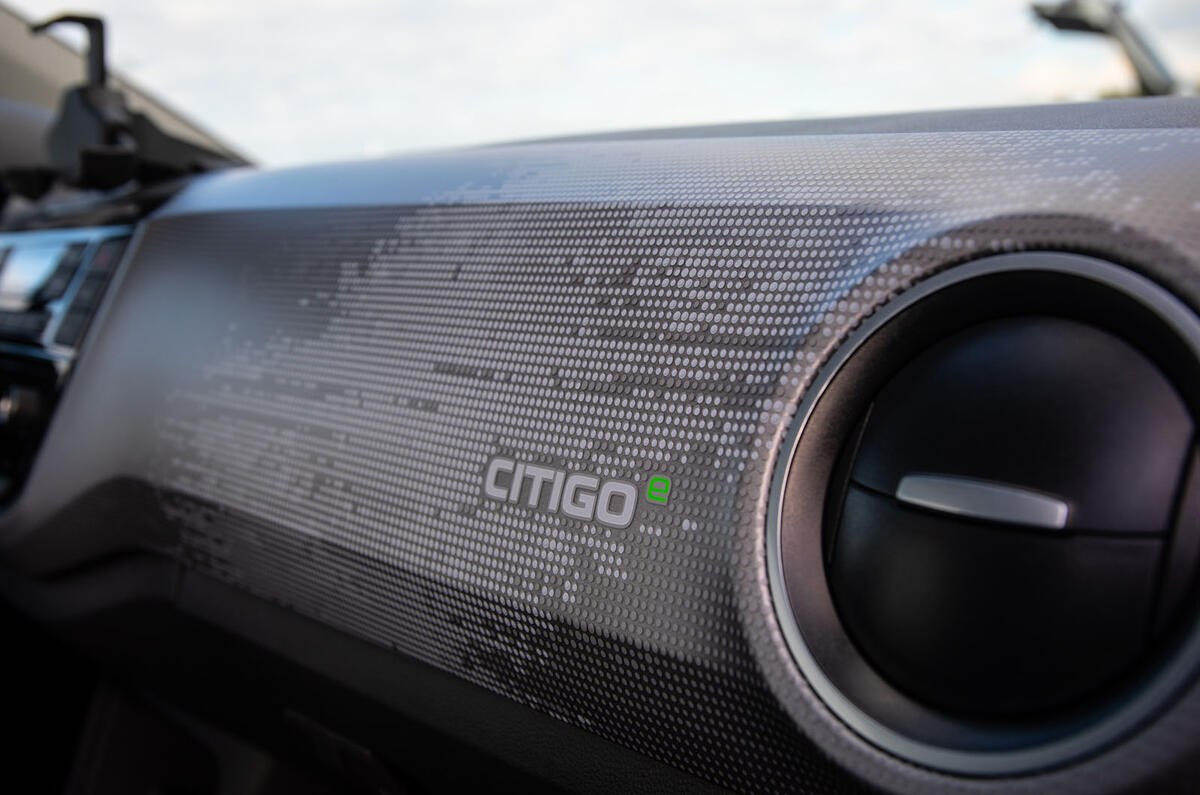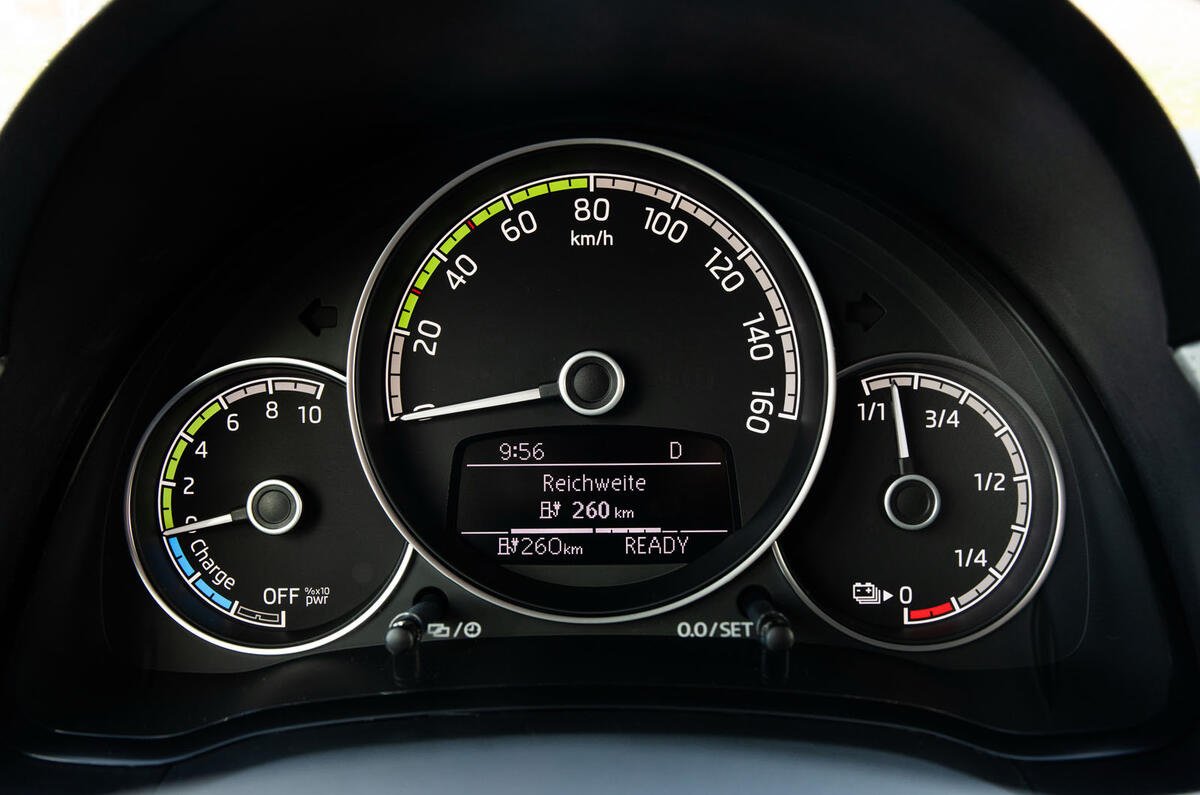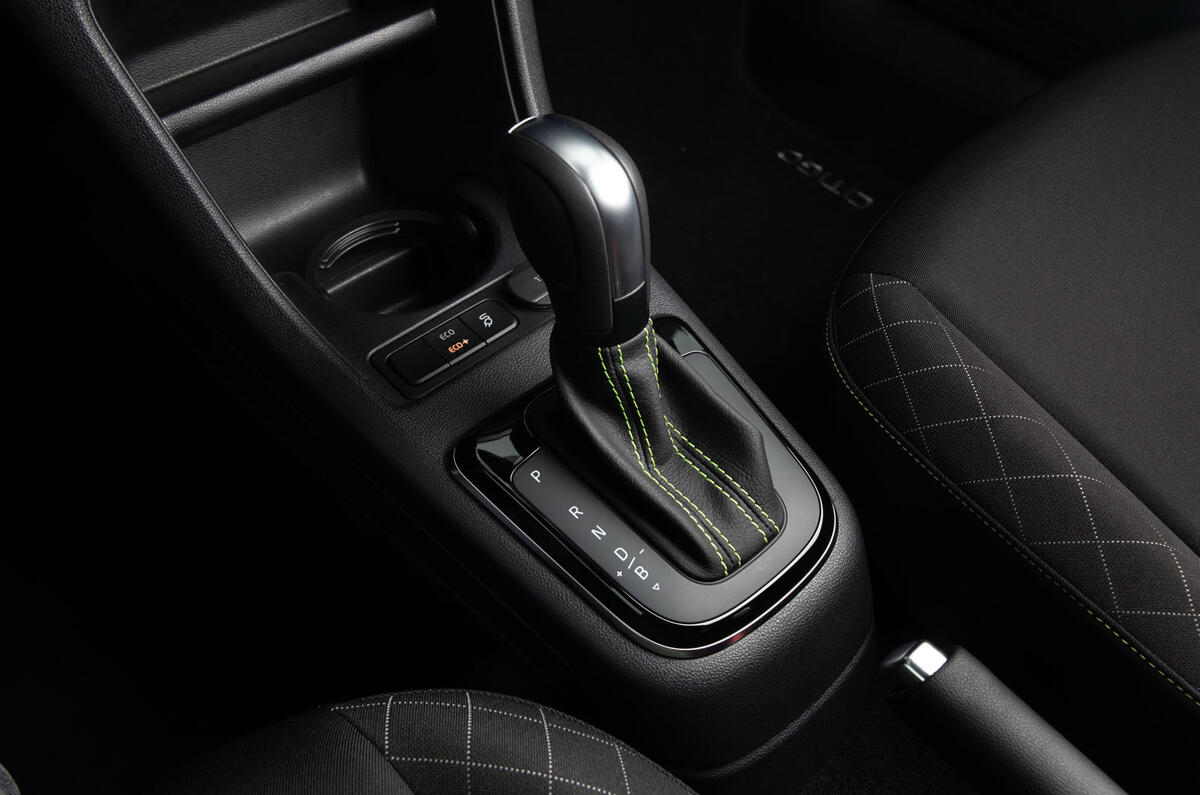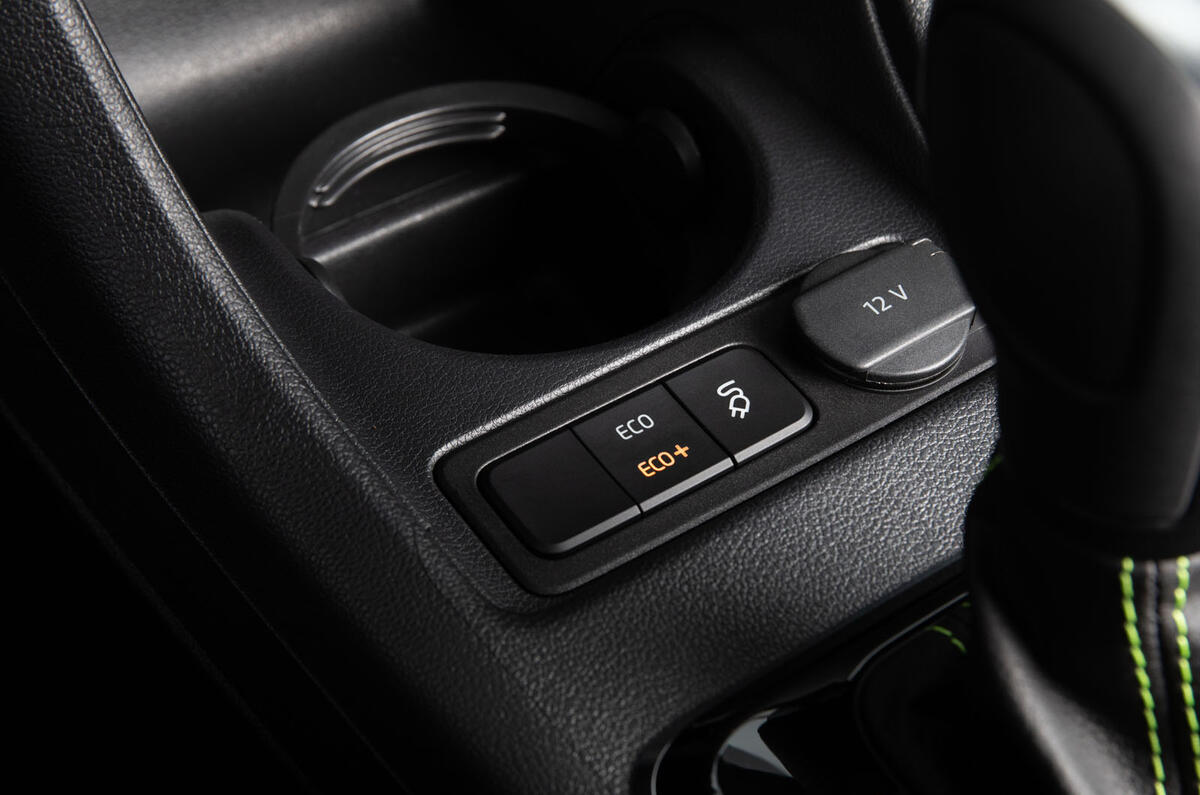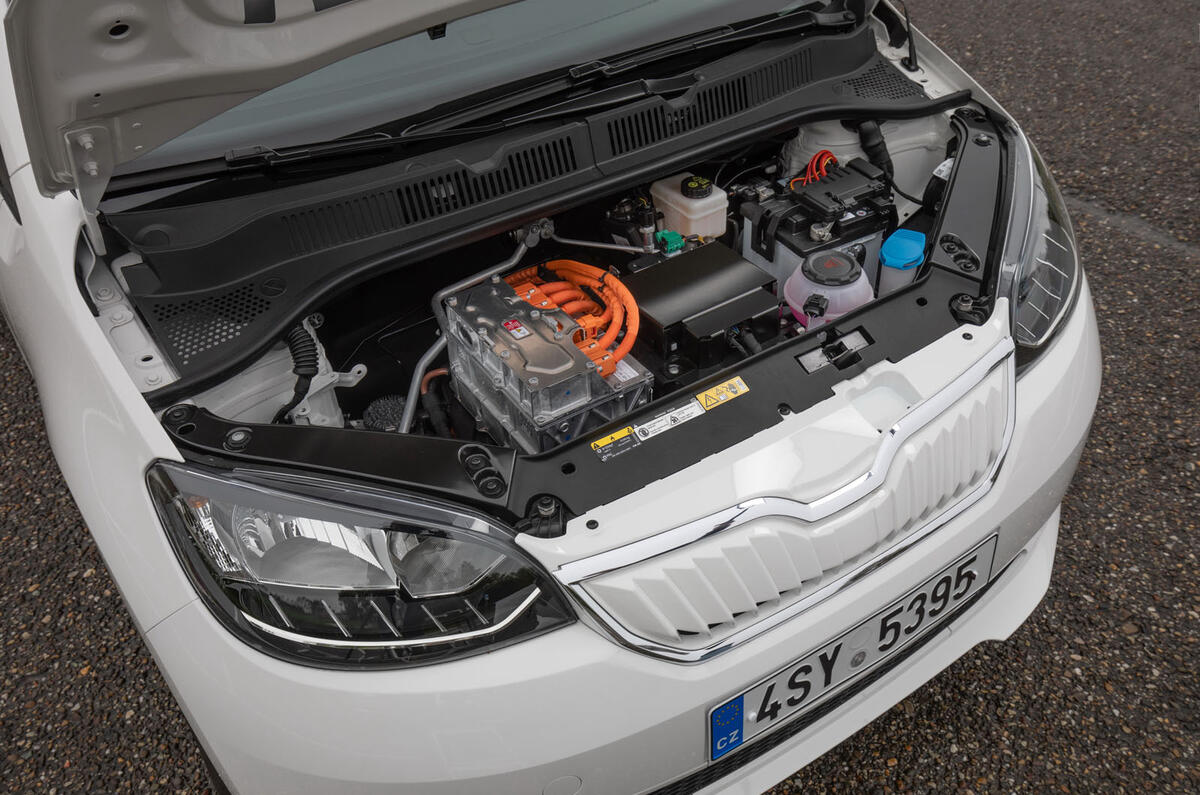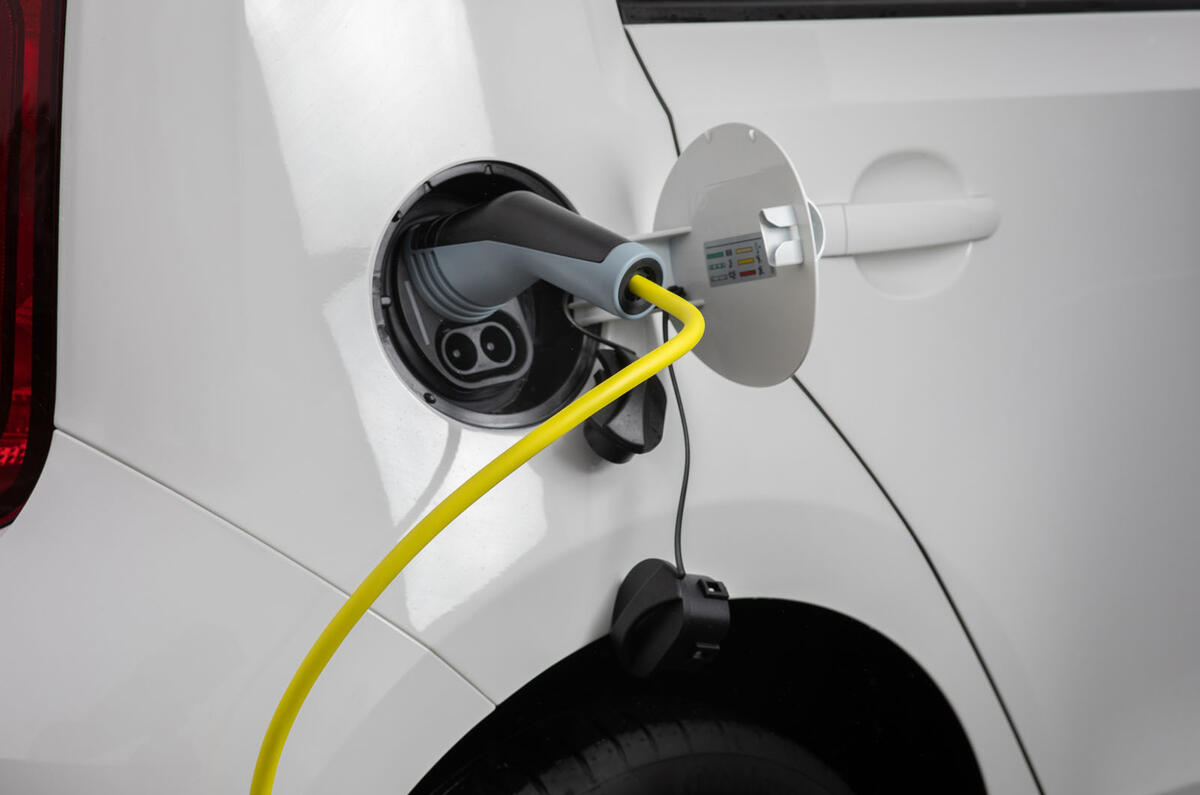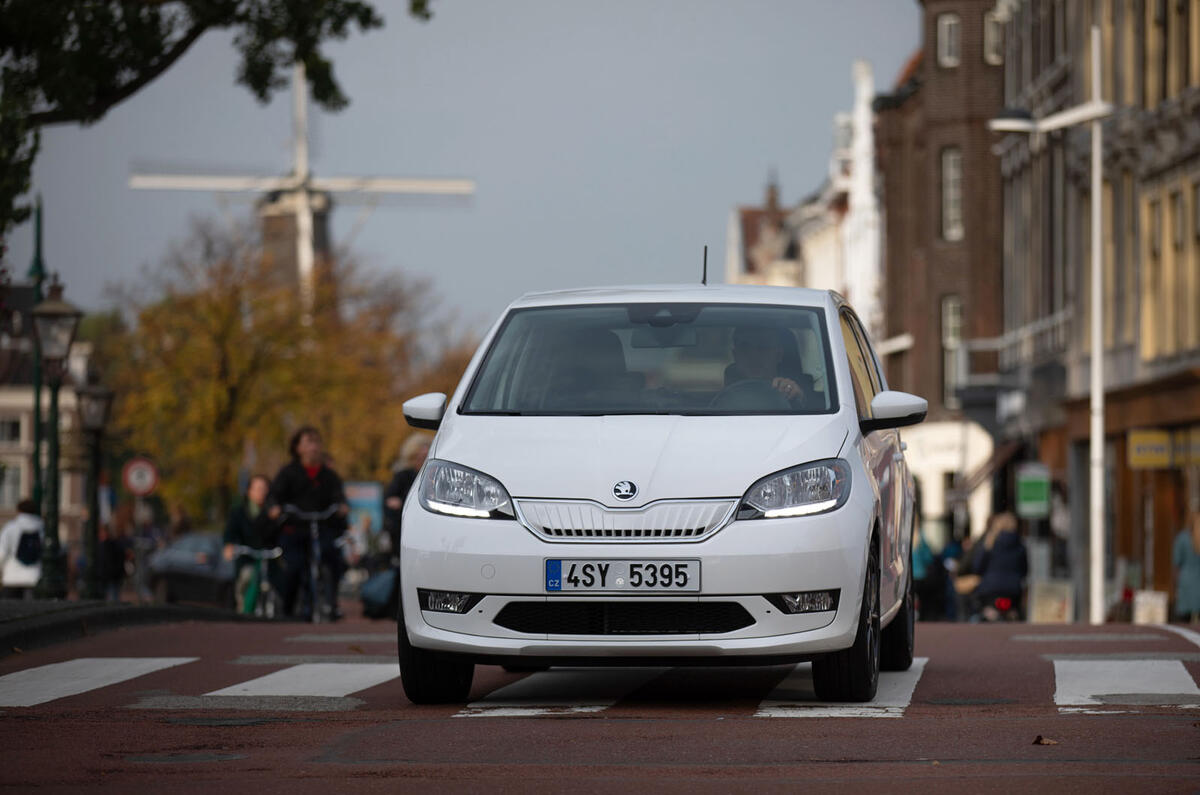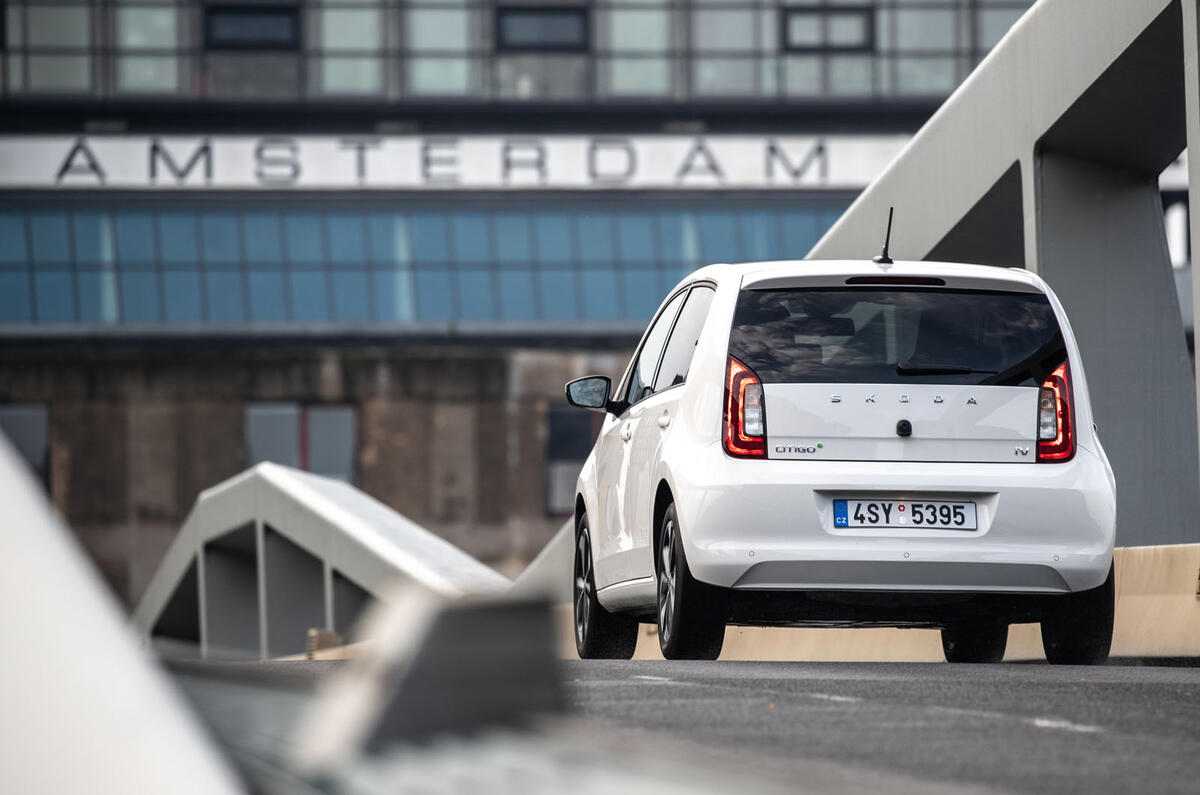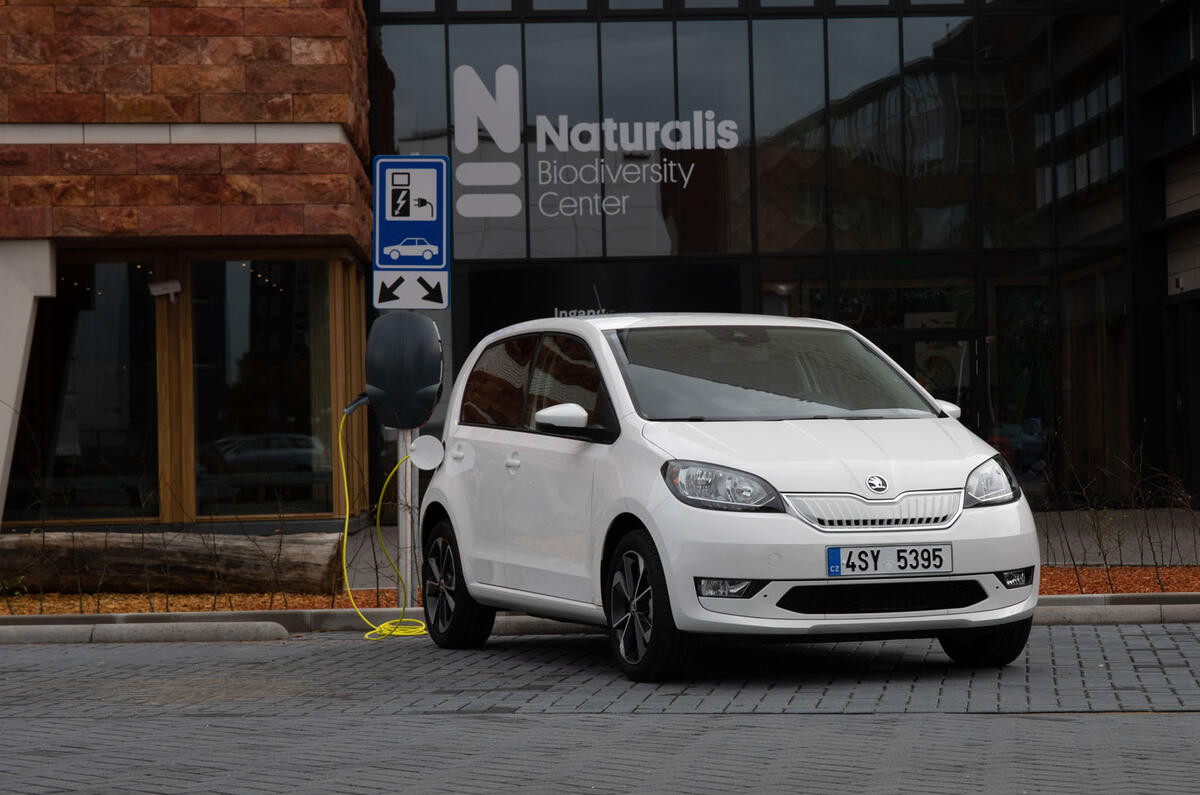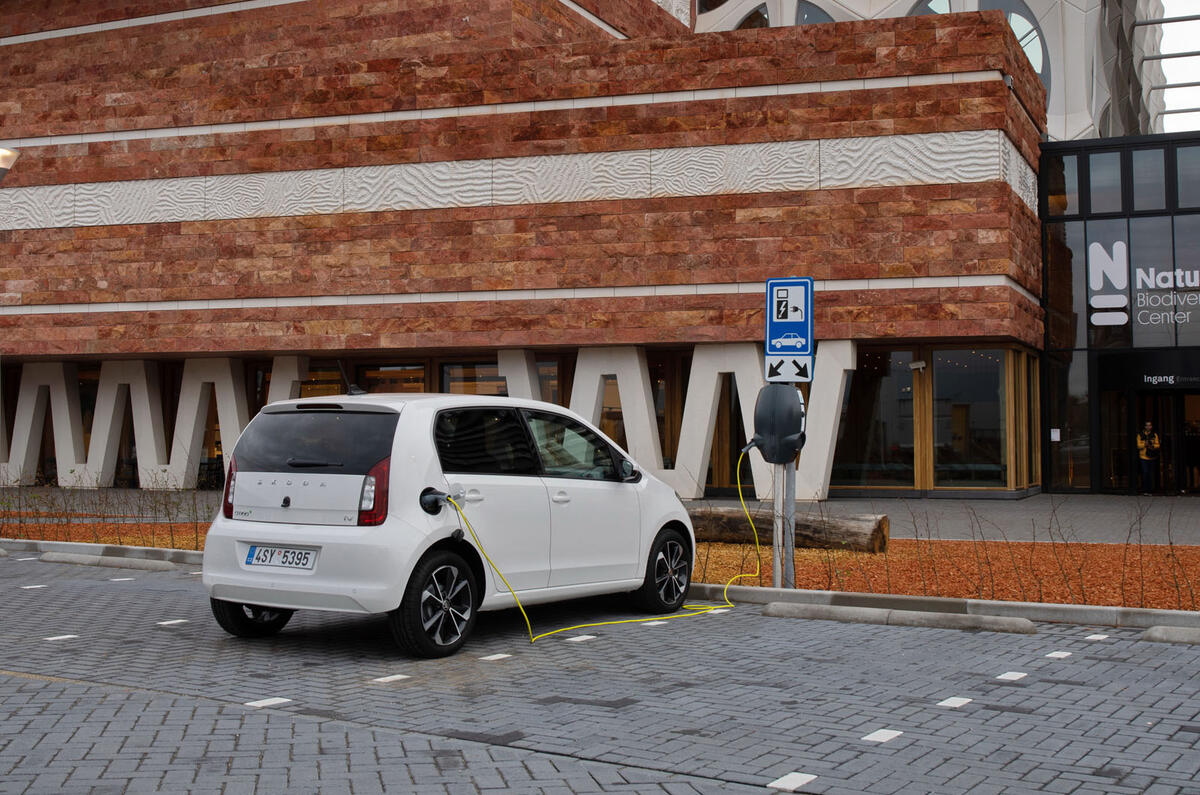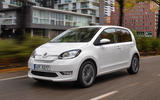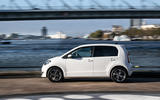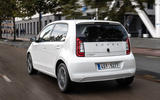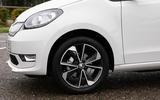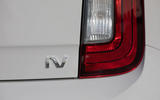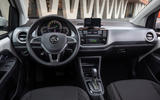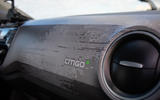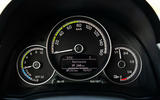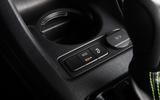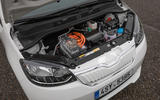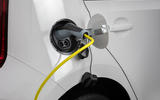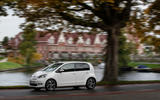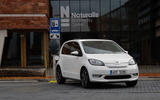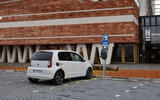No mystery here. This is the Skoda version of the new Volkswagen e-Up, with a single 82bhp electric motor driving the front wheels directly and no need for a clutch or gearbox.
This simple powertrain’s peak torque, delivered from standstill, is an impressive 156lb ft, which is why the 0-62mph acceleration time is a respectable 12.3sec and the top speed is 80mph.
Range is the burning issue, of course. The e-Up used to run on a modest 18.7kW battery, for which its maker claimed a 99-mile range. But the new version and the newly electrified Citigo and Seat Mii have almost exactly double the battery capacity: 36.8kW, of which 32.3kW is usable. Yet their claimed range is only 161 miles, perhaps because we’ve moved into an era when such figures have to be more 'real world'.
There will be two versions of the Citigo-e offered in the UK early next year: the SE and the better equipped SE L. Our Dutch-spec test car was closest to SE L and acceptably well equipped, with electric front windows, heated front seats, remote central locking, rear parking sensors, basic 'ambient' air conditioning, body-colour mirrors and doorhandles and an on-board charger capable of accepting 40kW. At this rate, the battery can be replenished from zero to 80% in just one hour.




